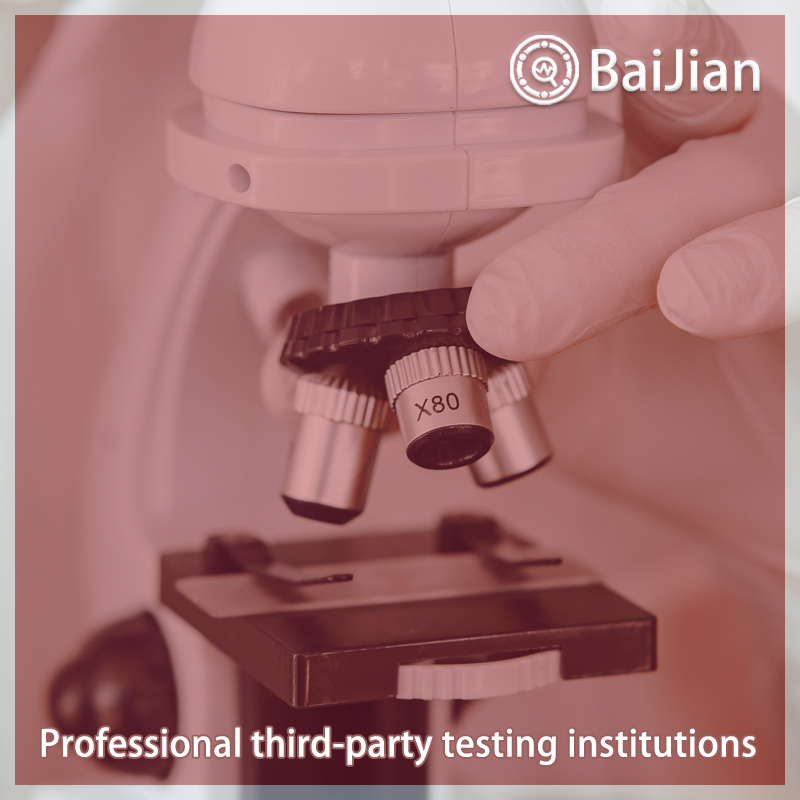
This standard specifies the safety requirements for portable lighting fixtures with charging devices that use electric light sources and a power supply voltage not exceeding 250 V. This standard applies to portable lighting fixtures with charging devices for household and similar purposes. This standard does not apply to lamps with batteries that can be disassembled by hand, as well as lamps intended to provide emergency lighting—— Luminaires intended for use in special locations, such as areas with corrosive and explosive gases (dust, steam, or gas); - Luminaires charged with solar charging devices. The following normative references are essential for the application of this document. For dated references, only the dated version applies to this document. For undated references, the latest version (including all modification orders) applies to this document. GB 7000.1 Luminaires Part 1: General Requirements and Tests GB/T 4025-2010 Basic and Safety Rules for Human-Machine Interface Markings and Identification - Coding Rules for Indicators and Operating Devices - General Test Requirements - Portable luminaires with charging devices should be designed and manufactured to operate safely during normal use without posing a hazard to humans or the surrounding environment. Except for the overall components, all components should comply with the relevant national standards or IEC standards (if any) for that component. Unless otherwise specified in this standard, lamps should be tested at an ambient temperature of 10 ℃ to 30 ℃. Portable lamps with charging devices should be tested according to the delivery status
Function of testing report:
1. Project bidding: Issue authoritative third-party CMA/CNAS qualification report
2. Online e-commerce platform entry: Quality inspection report recognized by major e-commerce platforms 3. Used as a sales report: issuing legally effective testing reports to make consumers more confident 4. Papers and research: Provide professional personalized testing needs 5. Judicial services: providing scientific, fair, and accurate testing data 6. Industrial problem diagnosis: Verify the troubleshooting and correction of industrial production problemsBaijian and testing process:
1. Telephone communication and confirmation of requirements
2. Recommend solutions and confirm quotations 3. Mail samples and arrange testing 4. Progress tracking and result feedback 5. Provide reports and after-sales service 6. If urgent or priority processing is requiredTesting and testing characteristics:
1. The testing industry is fully covered, meeting different testing needs
2. Fully cover the laboratory and allocate localized testing nearby3. Engineers provide one-on-one services to make testing more accurate
4. Free initial testing, with no testing fees charged
5. Self service order delivery for free on-site sampling
6. Short cycle, low cost, and attentive service 7. Possess authoritative qualifications such as CMA, CNAS, CAL, etc 8. The testing report is authoritative and effective, and is generally used in China